Full name Ueli Steck Starting age 17 Parents Max Steck Nationality Swiss Spouse Nicole Steck | Other disciplines Carpentry Role Climber Main discipline Mountaineering Name Ueli Steck | |
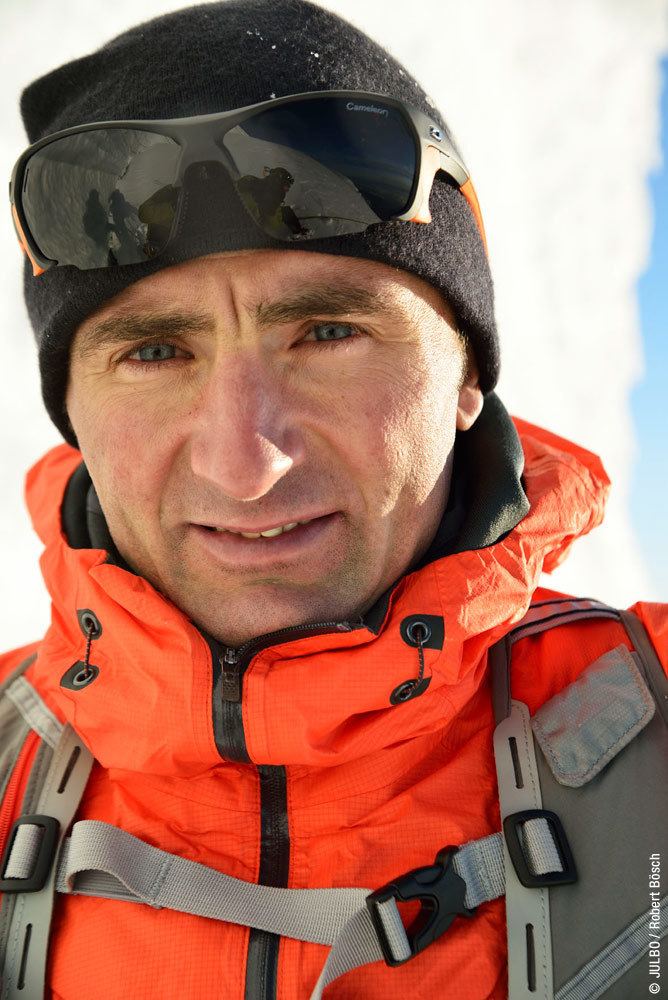 | ||
Similar People Simone Moro, Daniel Arnold, Kilian Jornet Burgada | ||
Ueli Steck Speed Climbing in the Alps
Ueli Steck ( [ˈyːli ʃtɛk]; 4 October 1976 – 30 April 2017) was a Swiss rock climber and mountaineer.
Contents
- Ueli Steck Speed Climbing in the Alps
- Ueli steck new speed record eiger 2015
- Career
- Personal life and death
- Awards
- References
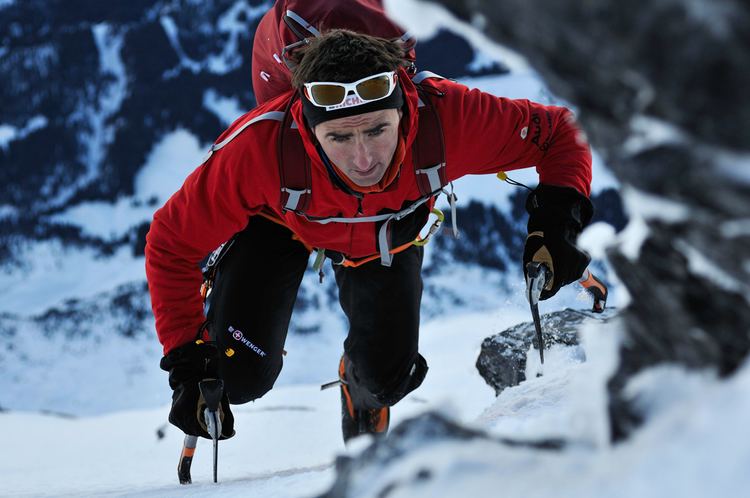
He won two Piolet d'Or awards, in 2009 and 2014. He was also famous for his speed records on the North Face trilogy in the Alps.
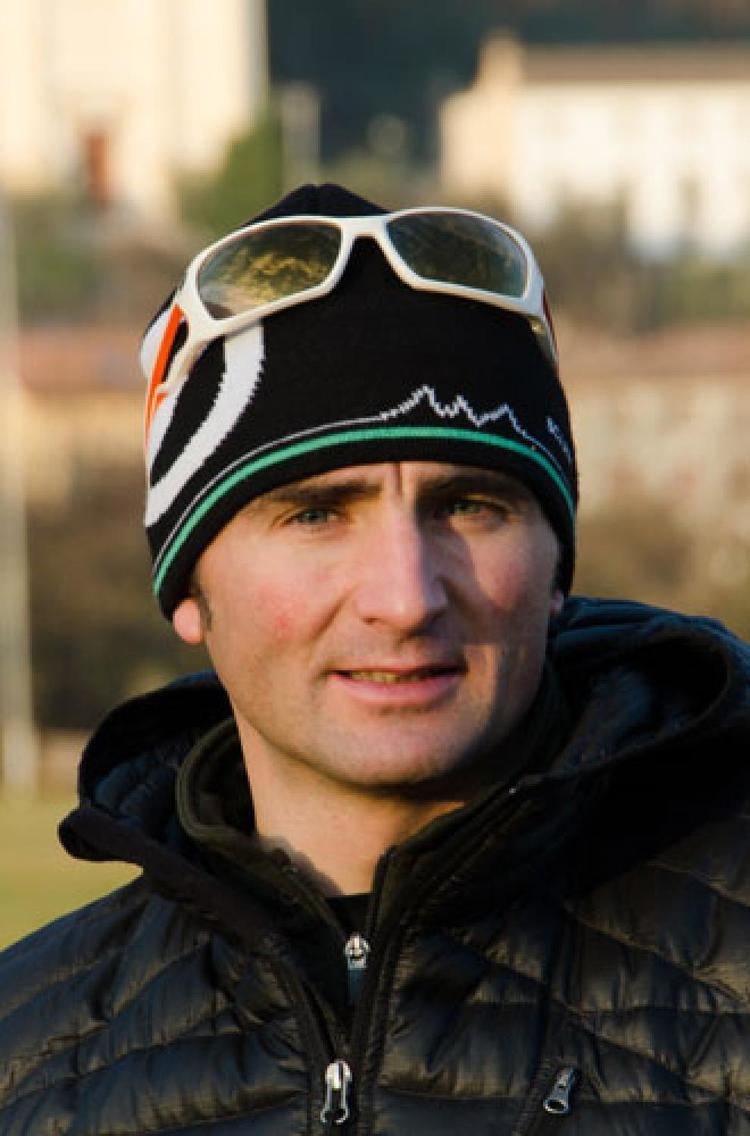
Steck died on 30 April 2017 after falling during an acclimatizing climb for an attempt on the Hornbein route on the West Ridge of Everest without supplemental oxygen.
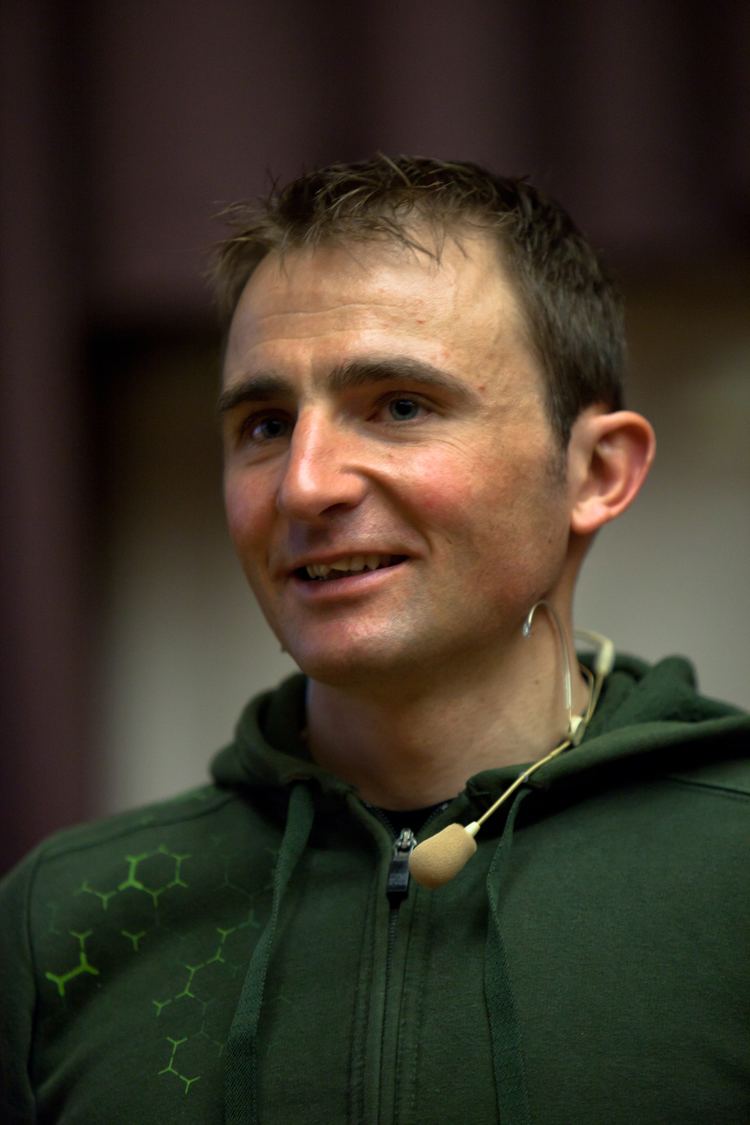
Steck had previously summited Mount Everest on May 18, 2012, and he also summited Ama Dablam that year.
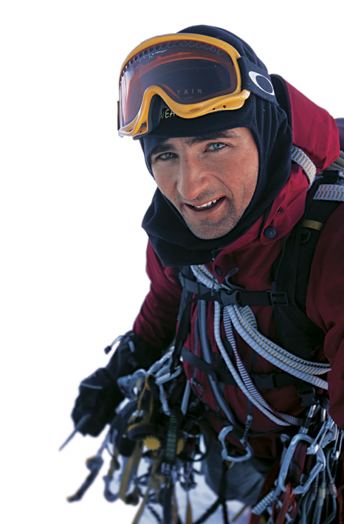
Ueli steck new speed record eiger 2015
Career
At the age of 17, Steck achieved the 9th difficulty rating (UIAA) in climbing. As an 18-year-old he climbed the North Face of the Eiger and the Bonatti Pillar in the Mont Blanc massif. In June 2004, he and Stephan Siegrist climbed the Eiger, Mönch and Jungfrau within 25 hours. Another success was the so-called "Khumbu-Express Expedition" in 2005, for which the climbing magazine Climb named him one of the three best alpinists in Europe. The project consisted of the first solo climb of the north wall of Cholatse (6,440 m) and the east wall of Taboche (6505 m).
Steck set his first speed record on the North Face of the Eiger in 2007, climbing it in 3 hours and 54 minutes. The record was lowered by Steck himself to 2 hours 47 minutes 33 seconds the following year.
In May 2008, climbing Annapurna, he broke off his ascent due to an avalanche threat, but the next week climbed to assist Spanish climber Iñaki Ochoa de Olza, who had collapsed. Medical help was slow in coming and the Spanish climber died despite Steck's help.
In 2008, Steck was the first recipient of the Eiger Award for his mountaineering achievements.
In April 2013, Steck and two other mountaineers, Simone Moro and Jonathan Griffith, were involved in an altercation with local Sherpas while on the west face of Mount Everest which became an international media event.
On 8 and 9 October 2013 Swiss climber Ueli Steck soloed the Lafaille route on Annapurna. on the main and highest part of the face; this was his third attempt on the route and has been called "one of the most impressive Himalayan climbs in history", with Steck taking 28 hours to make the trip from Base Camp to summit and back again.
Steck made the first solo ascent of Annapurna, and won his second Piolet d'Or. In the late 2015 he set a new record for the North Face of the Eiger, soloing it in 2 hours 22 minutes and 50 seconds.
In April 2016, Steck and his German mountaineering partner, David Göttler, found the bodies of Alex Lowe and paraglider David Bridges. Lowe and Bridges were killed in an avalanche in 1999 while searching for a route up Shishapangma to attempt the first ski descent.
Personal life and death
Steck was a carpenter by training and lived in Ringgenberg near Interlaken, Switzerland.
Steck died on 30 April 2017 while acclimatizing for an attempt of the Hornbein route on the West Ridge of Everest without supplemental oxygen. This route had been climbed only a few times, the last of which was in 1991. His plan was to climb the Hornbein Couloir to the summit, then proceed with a traverse to the peak of Lhotse, the world's fourth highest mountain. This combination had not been achieved.
On April 16, during preparations for the attempt, his climbing partner, Tenji Sherpa, suffered frostbite, which would take some weeks to heal. Steck carried on with scouting and acclimatisation, climbing up to Everest's Camp 2, en route to the South Col. On April 29, he changed his plans, texting Tenji that he was about to instead climb the nearby peak of Nuptse, and did not respond to a follow-up question.
On April 30, he began climbing around 4:30 AM, accompanied initially by French climber Yannick Graziani. Approximately 300m below the summit, he fell an estimated 1000m, seen by several Sherpas and expedition members around the valley. It is not known what caused the fall. His body was found in the Western Cwm, between camps 1 and 2, and transported back to Kathmandu where memorial services were held.
